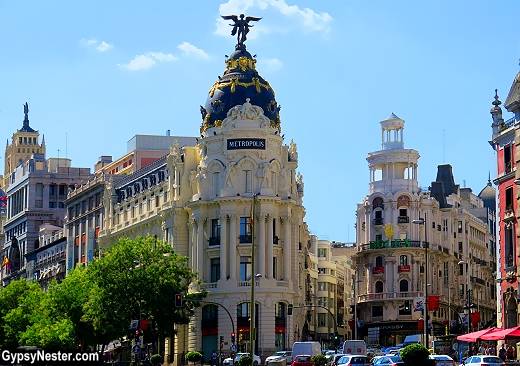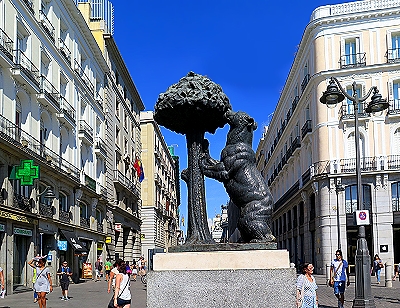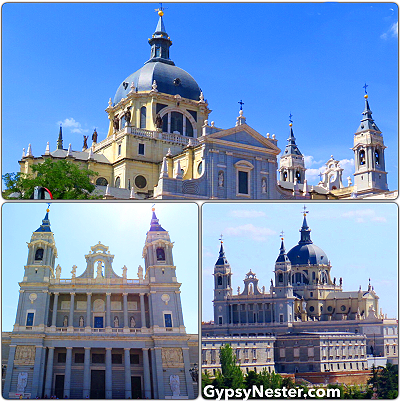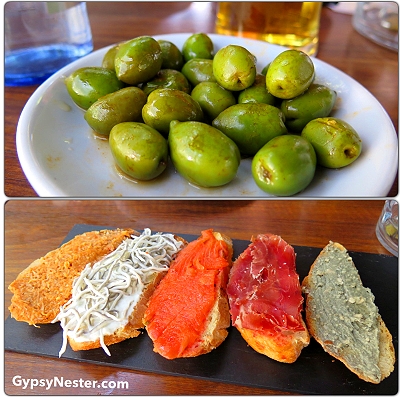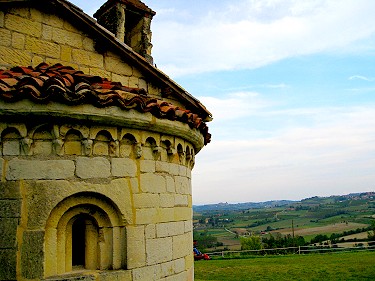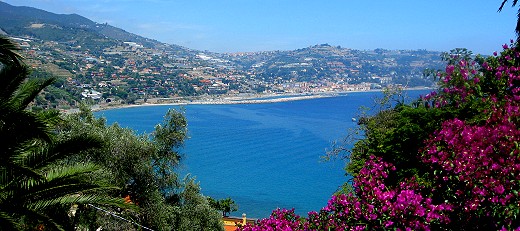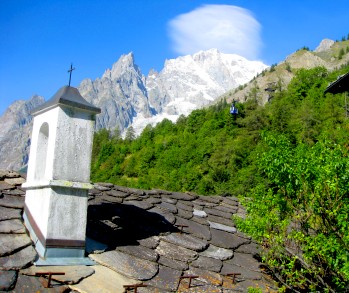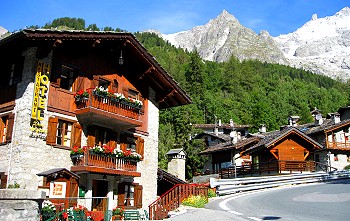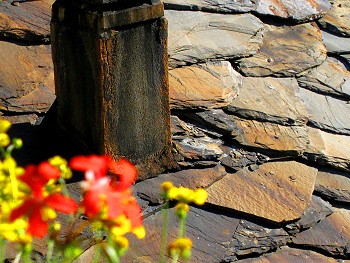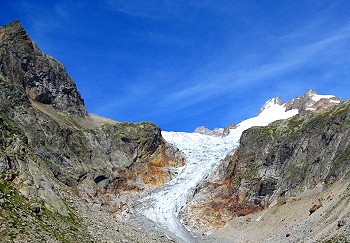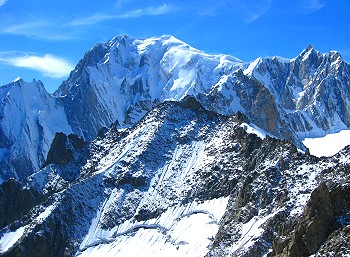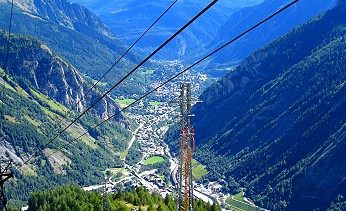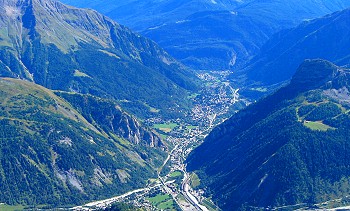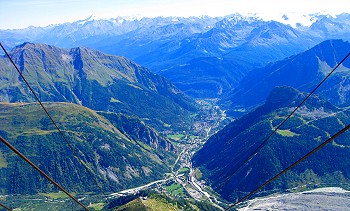
When traveling to Switzerland’s most prestigious destinations, from the alpine elegance of St. Moritz to the cosmopolitan sophistication of Zurich, your choice of ground transportation can make or break your entire experience. Whether you’re arriving via private jet at Geneva Airport, attending a financial roadshow in Zug, or enjoying ski transfers to Gstaad, selecting the right chauffeur service is essential for maintaining the luxury and efficiency that discerning travelers demand.
In this comprehensive guide, we’ll explore the ten critical benefits of professional chauffeur services and reveal exactly what to look for when choosing premium transportation in Switzerland and beyond.
What Makes a Chauffeur Service Truly Exceptional?
A professional chauffeur service transcends basic transportation, it’s a seamless extension of your luxury lifestyle. Unlike standard car services or airport limo transfers, premium chauffeur-driven transportation provides a complete experience combining punctuality, discretion, and impeccable service standards. From government delegations to corporate executives and flight crews, discerning travelers understand that professional drivers are personal assistants on the road, ensuring every journey reflects the highest standards of excellence.
The 10 Elite Travel Benefits of Premium Chauffeur Services
1. Unparalleled Comfort and Luxury
The foundation of any exceptional chauffeur service lies in its fleet quality. Premium services like theblacklimo.com offer meticulously maintained vehicles including Mercedes S Class limousines, Mercedes E Class sedans, Mercedes V Class vans, and Mercedes Sprinter minibuses, each equipped with leather seats, climate control, and state-of-the-art entertainment systems.
Whether you’re traveling from Zurich to Lucerne for a business meeting or arranging hotel-to-hotel transfers in Lausanne, the comfort of a first-class vehicle transforms travel time into productive or restorative moments. For longer journeys like full-day or hourly at-disposal services, this luxury becomes invaluable.
2. Professional Reliability You Can Trust
Professional chauffeur services in Switzerland prioritize punctuality and professionalism above all else. Experienced drivers undergo extensive training and background checks, ensuring your safety and peace of mind. Whether you need airport transfers from Geneva, Basel, or Zurich, or require transportation for politicians, embassy delegations, or corporate events, reliability is non-negotiable.
The best services track flight schedules in real-time, adjust for delays, and ensure seamless connections, particularly crucial when coordinating transportation from your private jet or managing tight schedules during financial roadshows across Switzerland’s major business centers.
3. Enhanced Safety and Security
Safety is paramount when selecting a chauffeur-driven service. Professional chauffeurs are trained in defensive driving, navigation through challenging conditions (essential for ski resort transfers to Davos or Gstaad), and adherence to all traffic regulations. Premium services like theblacklimo.com conduct comprehensive background checks on all drivers, providing the security that VIP clients, government officials, and corporate executives require.
For travelers unfamiliar with Swiss mountain roads or navigating between cities like Interlaken and Burgenstock, this expertise eliminates stress and ensures safe passage regardless of weather conditions.
4. Significant Time-Saving Advantages
Time is the ultimate luxury. Professional chauffeur services maximize your productivity by handling all navigation, parking, and route optimization. While your driver navigates the most efficient paths between Bern and Zug or manages river cruise port transfers in Basel, you can focus on work, prepare for meetings, or simply relax.
Chauffeurs possess intimate knowledge of local traffic patterns, alternative routes, and optimal timing—ensuring you arrive punctually for festivals, events, or critical business appointments. This local expertise is particularly valuable for visitors to Switzerland’s diverse regions, from the financial districts of Zurich to the resort towns of St. Moritz.
5. Fully Customizable and Bespoke Services
Premium chauffeur services offer tailored packages designed around your specific needs. Whether you require:
-
-
- Executive transportation for corporate roadshows
- Private driver services for sightseeing tours and day trips
- Ski transfers to premier resorts like St. Moritz and Gstaad
- As-directed services for flexible, full-day itineraries
- Event transportation for festivals and special occasions
- Delegation transport for government and embassy officials
Leading providers like theblacklimo.com customize every detail, from vehicle selection (sedan, van, or minibus) to amenities like complimentary refreshments, Wi-Fi, and entertainment systems. This bespoke approach ensures your transportation aligns perfectly with your travel objectives.
6. Invaluable Local Knowledge and Expertise
Professional chauffeurs serve as knowledgeable guides to Switzerland’s most exclusive destinations. From recommending the finest restaurants in Geneva to suggesting hidden gems in Lausanne, or providing insights about the best times to visit attractions in Lucerne, their local expertise enhances every journey.
This knowledge proves especially valuable for international travelers navigating Switzerland’s multilingual regions or planning spontaneous additions to sightseeing tours. Whether you’re exploring the cultural richness of Basel or the scenic beauty of Interlaken, your chauffeur becomes a trusted resource, elevating your entire travel experience.
7. VIP Airport and Private Jet Services
First-class travel demands first-class ground transportation. Professional chauffeur services specialize in seamless airport limo transfers, offering:
-
-
- Priority meet-and-greet services at all major Swiss airports
- Luggage assistance and expedited customs coordination
- Private terminal access coordination for private jet passengers
- Flight tracking to accommodate delays or early arrivals
- Discreet, professional service for high-profile clients and flight crews
Whether arriving in Zurich for business or Geneva for leisure, professional airport transfers from services like theblacklimo.com ensure your journey begins and ends with effortless sophistication. The transition from your private jet to a waiting Mercedes S Class limousine exemplifies the seamless luxury that discerning travelers expect.
8. Stress-Free Multi-City and Long-Distance Travel
Switzerland’s compact geography makes it ideal for exploring multiple destinations in a single trip. Professional chauffeur services excel at coordinating complex itineraries—from Basel to Bern to Interlaken, or Zurich to Zug to Lucerne, without the hassle of rental cars, parking, or navigation.
For ski enthusiasts, dedicated ski transfers between cities and premier resorts like Davos, Gstaad, or St. Moritz provide door-to-door convenience with ample space for equipment in Mercedes V Class vans or Sprinter minibuses. The flexibility of hourly or full-day at-disposal services means your itinerary adapts to your schedule, not the other way around.
9. Corporate and Executive Transportation Excellence
Business travelers require transportation that matches their professional standards. Premium chauffeur services cater specifically to corporate needs:
-
-
- Confidential environments for sensitive calls and meetings
- Reliable scheduling for back-to-back appointments
- Professional presentation that reflects your company’s image
- Flexible billing and corporate account management
- Multi-passenger capacity for delegation and team transport
From financial roadshows in Zug to government meetings in Bern, executive transportation from theblacklimo.com ensures you arrive prepared, punctual, and professional. The Mercedes E Class sedan provides the perfect mobile office, while the Sprinter minibus accommodates entire delegations with equal comfort and discretion.
10. Exceptional Value Through Premium Service
While luxury chauffeur services represent a premium investment, the value extends far beyond the hourly rate. Consider the comprehensive benefits:
-
-
- Time savings that enable productivity or rest
- Stress reduction from navigation and parking concerns
- Safety assurance through professional driving
- Flexibility to modify plans as needed
- Enhanced experience that elevates your entire journey
- Professional image that reflects your standards
For discerning travelers who value their time and comfort, professional chauffeur-driven transportation delivers exceptional return on investment. Whether you’re hiring a car service for a single airport transfer or renting a private driver for an entire week of business meetings and sightseeing tours, the peace of mind and seamless experience justify the investment.
How to Choose the Right Chauffeur Service in Switzerland
When selecting a limousine service or private driver, consider these essential factors:
Reputation and Reviews: Research companies with proven track records serving VIP clients, corporate executives, and international travelers. Look for testimonials specifically mentioning reliability, professionalism, and service quality. Services like theblacklimo.com with established reputations in Switzerland’s major cities demonstrate consistent excellence.
Fleet Quality and Variety: Ensure the service offers premium vehicles like Mercedes S Class limousines, E Class sedans, V Class vans, and Sprinter minibuses to accommodate different group sizes and preferences. The condition and maintenance of the fleet directly reflect the company’s commitment to luxury and safety.
Geographic Coverage: Verify the service operates in all your required destinations, from major cities like Zurich, Geneva, Basel, Bern, and Lausanne to exclusive resorts in Davos, St. Moritz, Gstaad, and Interlaken. Comprehensive coverage across Switzerland, including destinations like Baar, Zug, Lucerne, and Burgenstock, ensures seamless travel regardless of your itinerary.
Service Flexibility: Choose providers offering various service types: airport transfers, hourly rentals, full-day at-disposal services, as-directed transportation, and bespoke itineraries for sightseeing tours or day trips. The ability to customize your service, whether for ski transfers, river cruise port transfers, or hotel-to-hotel transportation, demonstrates a client-focused approach.
Professional Standards: Confirm all chauffeurs undergo background checks, professional training, and maintain the highest standards of discretion, essential for politicians, embassy staff, corporate clients, and VIP travelers. The professionalism of your driver directly impacts your entire experience.
Transparent Pricing: Select services with clear, upfront pricing for hire and rental options, avoiding hidden fees or unexpected charges. Understanding the cost structure for different service types, from single airport limo transfers to full-day executive transportation, enables informed decision-making.
Specialized Services: Consider whether the provider offers specialized transportation for your specific needs, such as ski resort transfers with equipment capacity, private jet coordination, flight crew transportation, or delegation services for government and corporate groups.
Why theblacklimo.com Stands Out for Swiss Transportation
When choosing a chauffeur service in Switzerland, theblacklimo.com exemplifies the premium standards that discerning travelers demand. With comprehensive coverage across Switzerland’s most prestigious destinations, from the business centers of Zurich, Geneva, and Basel to the luxury resorts of St. Moritz, Gstaad, and Davos, they provide seamless transportation solutions for every need.
Their fleet of Mercedes vehicles, including S Class limousines, E Class sedans, V Class vans, and Sprinter minibuses, ensures that whether you’re traveling solo or with a delegation, you’ll experience first-class comfort and luxury. From airport transfers and private jet coordination to ski transfers, sightseeing tours, and corporate roadshows, their bespoke services adapt to your unique requirements.
Conclusion: Elevate Your Swiss Travel Experience
Choosing the perfect chauffeur service transforms transportation from a logistical necessity into an integral part of your luxury travel experience. Whether you’re coordinating river cruise port transfers in Basel, arranging ski resort transportation to Gstaad, or managing complex corporate itineraries across Switzerland, professional chauffeur-driven services provide the comfort, reliability, and sophistication that modern travelers demand.
From the moment you’re greeted at the airport to your final hotel-to-hotel transfer, every detail matters. By selecting a premium car service like theblacklimo.com with proven expertise in Switzerland’s most prestigious destinations, you ensure that your ground transportation matches the excellence of your overall travel experience.
Ready to experience the difference that professional chauffeur services make? Whether you need executive transportation for business, luxury transfers for leisure, or bespoke services for special events and festivals, investing in first-class ground transportation is investing in your comfort, safety, and peace of mind throughout your Swiss journey. With services spanning from Lausanne to Lucerne, Bern to Burgenstock, and everywhere in between, theblacklimo.com delivers the VIP experience that elite travelers expect and deserve.
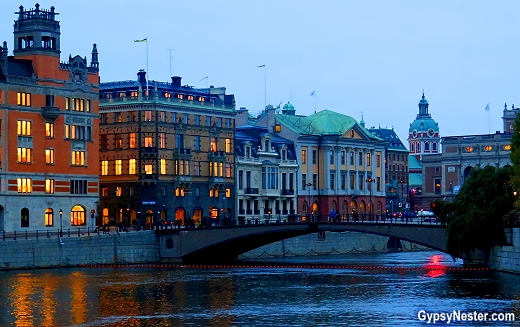
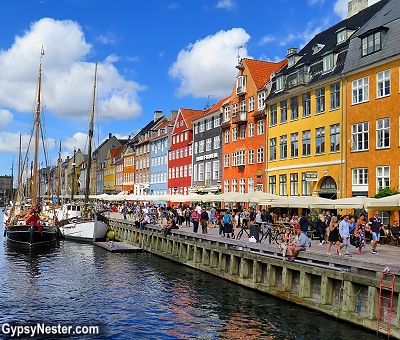

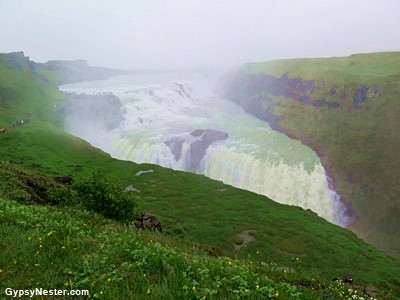 The Golden Circle route showcases Iceland’s dramatic landscape and the legends tied to it. Watch the Strokkur geyser erupt, feel the mist from Gullfoss waterfall and explore the volcanic crater lake of Kerið. Each site reflects the island’s relationship with its powerful natural environment.
The Golden Circle route showcases Iceland’s dramatic landscape and the legends tied to it. Watch the Strokkur geyser erupt, feel the mist from Gullfoss waterfall and explore the volcanic crater lake of Kerið. Each site reflects the island’s relationship with its powerful natural environment.


